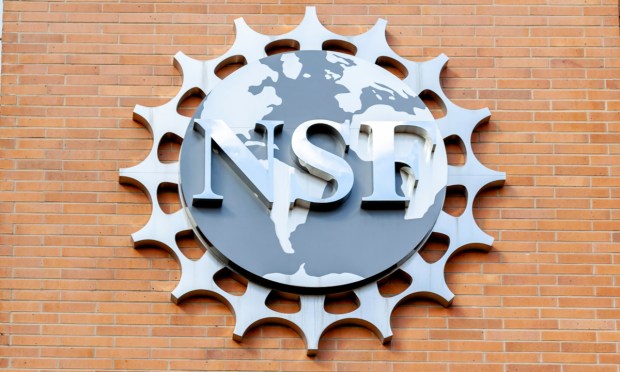The realm of artificial intelligence (AI) has captivated global attention, sparking discussions about potential industry dominance. While AI holds the promise of broadening access to information, resources, and solutions, democratizing the knowledge of AI techniques is imperative. Despite the rapid progress of AI in the United States, many scientific endeavors in cutting-edge AI research remain beyond the grasp of numerous researchers.
In a proactive move, the National Science Foundation (NSF) unveiled a bold federal initiative on Wednesday, January 24, to enhance access to AI resources, encompassing tools, data, and computational infrastructure. The inception of the National Artificial Intelligence Research Resource (NAIRR) pilot program was triggered by a White House directive aimed at reducing barriers to entry for AI infrastructure.
The NAIRR initiative seeks to bolster AI capabilities nationwide, fostering AI research and development to spur innovation and fortify long-term U.S. competitiveness in this pivotal technological domain, as highlighted by NSF Director Sethuraman Panchanathan. He emphasized the creation of an inclusive cyberinfrastructure for cutting-edge AI, providing avenues for a diverse array of researchers and communities to participate.
Major tech titans worldwide, alongside 11 federal agencies such as Google, Amazon Web Services (AWS), Meta, Microsoft, NVIDIA, Intel, IBM, and Anthropic, are actively contributing resources, funding, and tools to this initiative. Katie Antypas, a key figure at the NSF’s Office of Advanced Cyberinfrastructure, envisions the NAIRR as a nationwide research ecosystem offering access to computing resources, data, models, and applications to empower researchers and communities.
The NAIRR’s target demographic includes smaller institutions, remote entities, and underserved populations that may lack the means to develop their own technological or data resources. NVIDIA’s founder and CEO, Jensen Huang, underscored the transformative potential of AI, emphasizing the importance of widespread access to its capabilities.
Scheduled to operate until 2026, the NAIRR initiative spans a two-year timeframe, aiming to bridge the gap in AI research accessibility and development. The collaborative efforts between public entities like the Defense Advanced Research Projects Agency (DARPA), NASA, the National Institutes of Health (NIH), the Department of Defense (DOD), and 25 private sector AI organizations underscore the inclusive nature of the NAIRR pilot program. Tess DeBlanc-Knowles, special assistant for synthetic intelligence at NSF, lauded the diverse partnerships that form the cornerstone of the NAIRR initiative, bringing together government bodies, industry players, organizations, and benefactors.
Eric Horvitz, chief medical officer at Microsoft, emphasized that this initiative transcends mere technological investments, portraying it as an investment in the future that underscores the potency of collective collaboration in harnessing AI’s full potential for the betterment of humanity.
The contributions to the NAIRR initiative include substantial investments in cloud and network systems, solutions from tech giants like Microsoft and NVIDIA, datasets from NASA and the National Oceanic and Atmospheric Administration, and access to fundamental AI models from OpenAI, Anthropic, and Meta. This collaborative effort signifies a concerted push towards leveraging AI capabilities for societal advancement and innovation.
In a separate development, Shaunt Sarkissian, the CEO of AI-ID, advised industry leaders to engage with policymakers, acknowledging the novelty and potential concerns surrounding AI technologies.
The release of the NAIRR pilot program aligns with the White House’s executive order from October 2023, focusing on four key principles: NAIRR Classroom, Open, Secure, and Software. While NAIRR Secure, co-led by the NIH and DOE, will cater to AI research necessitating privacy and security-preserving resources, NAIRR Open will provide access to a spectrum of AI resources. NAIRR Classroom aims to extend its outreach through education, training, customer support, and awareness initiatives, while the software aspect will explore the integration of AI tools with existing resources.
Recent reports indicate a growing trend in universities and colleges incorporating AI into their academic curricula, reflecting the escalating integration of AI technologies in educational settings.






